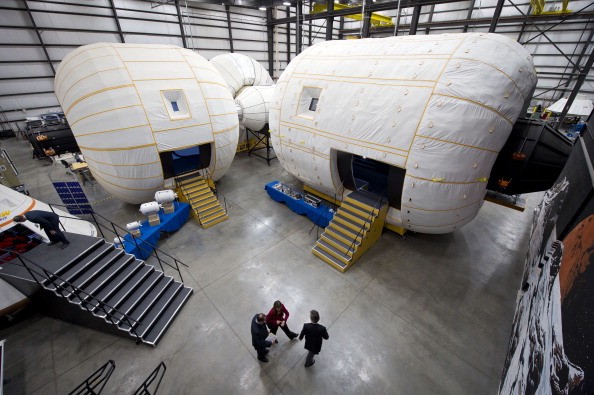SpaceX is set to return to flight with the launch of a cargo resupply service mission to the International Space Station (ISS). SpaceX's Dragon cargo spacecraft is set for launch at 4:43 p.m. EDT on April 8, Friday.
In its first trip back to space, NASA is entrusting SpaceX with another mission and that is to carry science research, team supplies, and equipment to the orbiting laboratory in support of the Expedition 47 and 48 crews. SpaceX's Dragon capsule will launch on a Falcon 9 rocket from Space Launch Complex 40 at Cape Canaveral Air Force Station (CCAFS) in Florida, NASA confirmed on March 18.
Aside from that, the mission also includes a new module built by Bigelow Aerospace called Bigelow Expandable Activity Module (BEAM), which will be connected to the space station for testing. The BEAM is an inflatable habitat module that will provide around 565 cubic feet of living zone for the astronauts to move around.
"When expanded, it's roughly 16 cubic meters, about the size of a small bedroom," CNBC quoted NASA's Rajib Dasgupta as saying to the group of reporters on March 28, Monday. He added that the astronaut will not live inside the BEAM yet, as the said module still have to undergo a two-year testing period.
The two-year testing period is needed to determine how well the BEAM act in a harsh space environment. Inside the module are a series of tools that will help the astronauts to monitor distinctive aspects of the expandable range. It is also equipped with sensors inside that will be used to track thermal, air pressure, temperature, radiation levels, orbital debris and other significant information.
The result of these tests will apparently help them to determine whether inflatables will make a comeback in a form of a viable space habitat. After the two-year time period, the BEAM will be released and burn up in the atmosphere.
The Dragon capsule spacecraft will spend a few weeks attached to the ISS before its scheduled return to Earth in May. It is relied upon to bring back biological specimens from the station, including those collected by astronaut Mark Kelly amid his year-long stint on board the ISS. Watch the video below for more information:



























